Over time, the 153C could become a bit unreliable – but the insulated track section virtually never failed. And since the gizmo was basically a modification of something you already owned (a piece of track), it saved a few pennies by your not needing to buy anything else. This technique will work with any brand of standard, postwar-style tubular track. And the great news is, that even in these heady 21st-century times, it still works!
How to make an insulated track section
| Last updated on November 3, 2020
An easy method that works





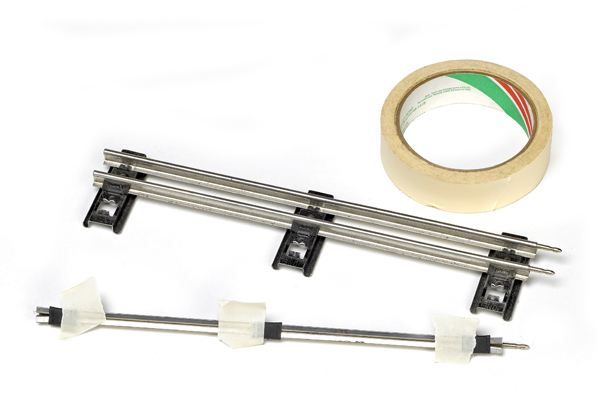
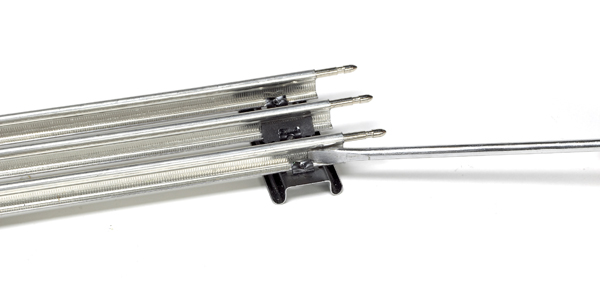
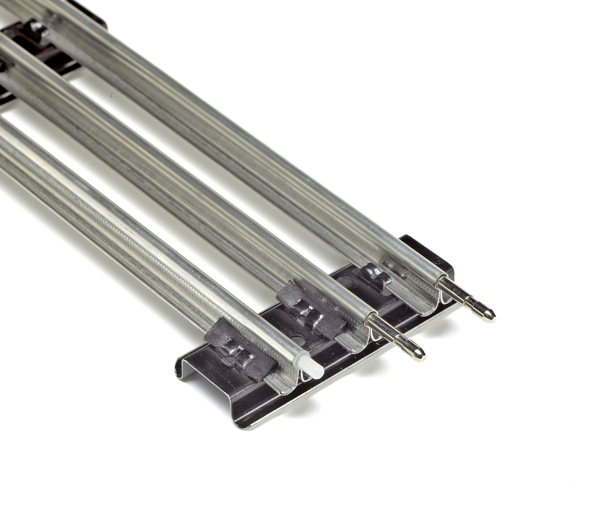

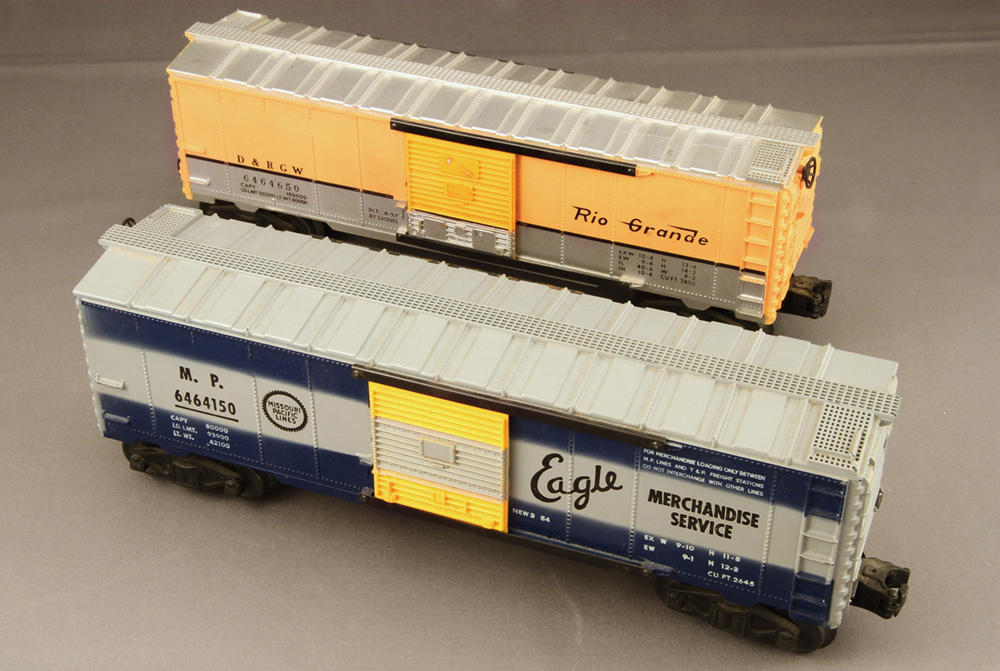
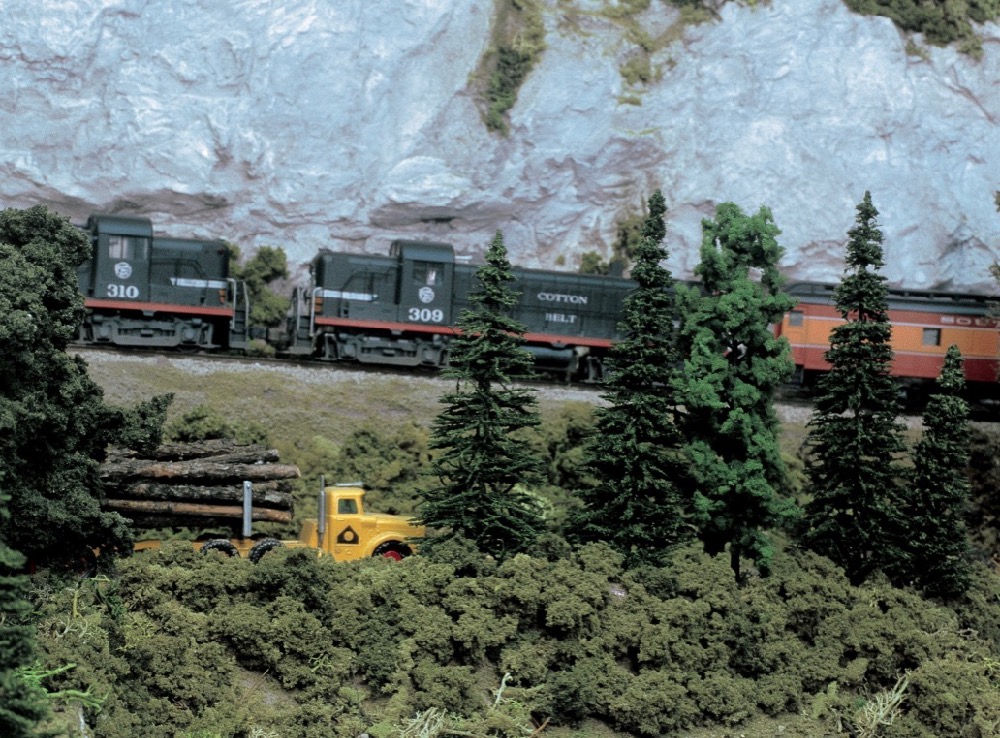
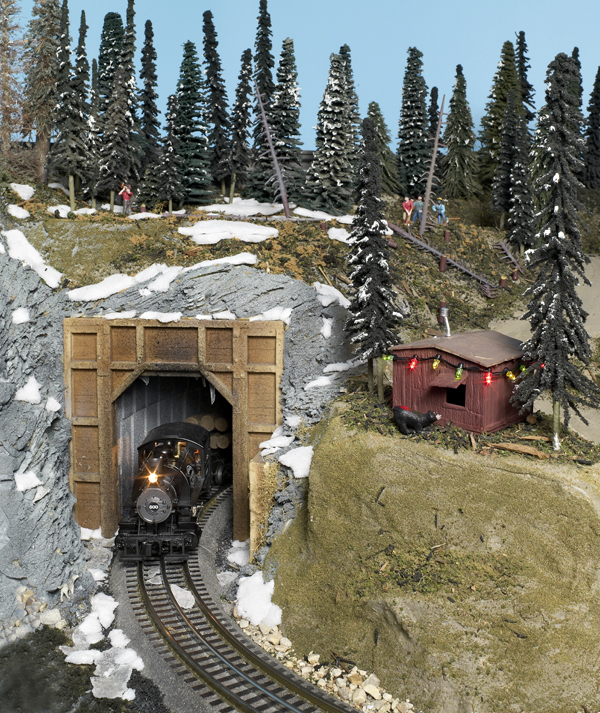
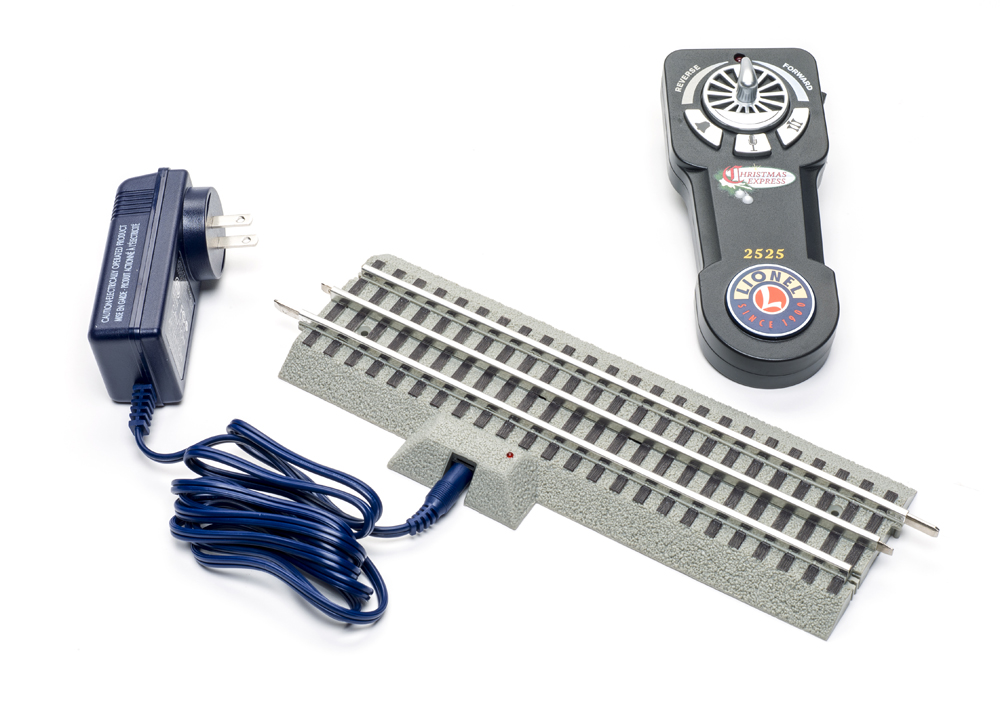




Actually, you would need two insulated pins, the second one to replace the pin in the track adjoining at the opposite end